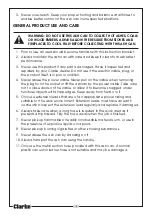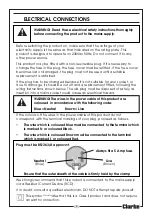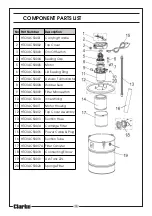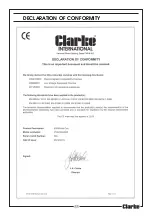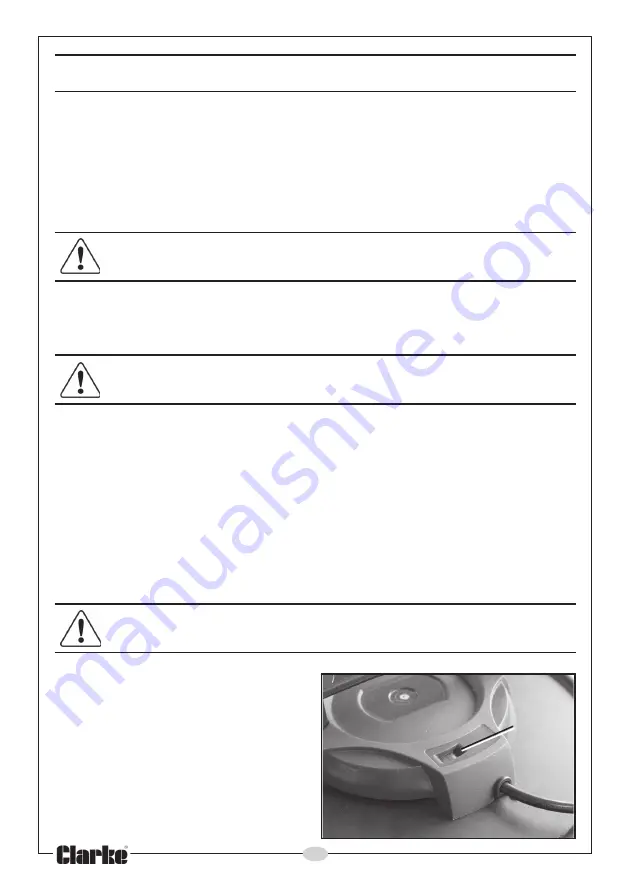
8
OPERATING INSTRUCTIONS
1. Switch on the ash can and use the suction tube to collect the ash.
2. When moving the ash can:
• Always use the handle.
• Do not lift it by (or place a strain on) the hose or cable.
• Always switch it off and disconnect it from the mains power supply.
CAUTION!
MAKE SURE THAT FIREPLACES AND STOVES ARE COLD
BEFORE YOU ATTEMPT TO VACUUM THEM CLEAN.
• Take care not to collect material which appears to have cooled
down on the outside but which may still be hot on the inside. Hot
ash particles may ignite again in the air flow.
CAUTION!
WAIT UNTIL THE ASH HAS COOLED DOWN COMPLETELY
BEFORE YOU BEGIN TO COLLECT IT.
• Any ash which has a temperature exceeding 40°C may damage
the ash can.
3. Do not attempt to quickly extinguish fires in fireplaces or stoves with water
in order to achieve cool ash. The construction material in the fireplace or
stove may not withstand any sudden variations in temperature and suffer
permanent damage.
4. Continuously check the tube and ash can for excess temperature during
use. If you notice a significant temperature rise, switch off immediately
and disconnect the ash can from the power supply. Let the ash can cool
down under supervision before emptying the vacuumed material.
CAUTION!
EXCESSIVE TEMPERATURES CAN LEAD TO DAMAGE TO THE
SUCTION HOSE AND THE ASH CAN AND CAUSE A RISK OF FIRE.
5. Watch the visual indicator on the
top of the ash can.
• The red indicator will be visible
when the ash can is full and
needs emptying, or if there is a
blockage in the hose or filter.
6. Always empty the ash can after
use and clean it when required.
Never use solvents for cleaning
any part of the ash can.
Fig 3
Indicator




